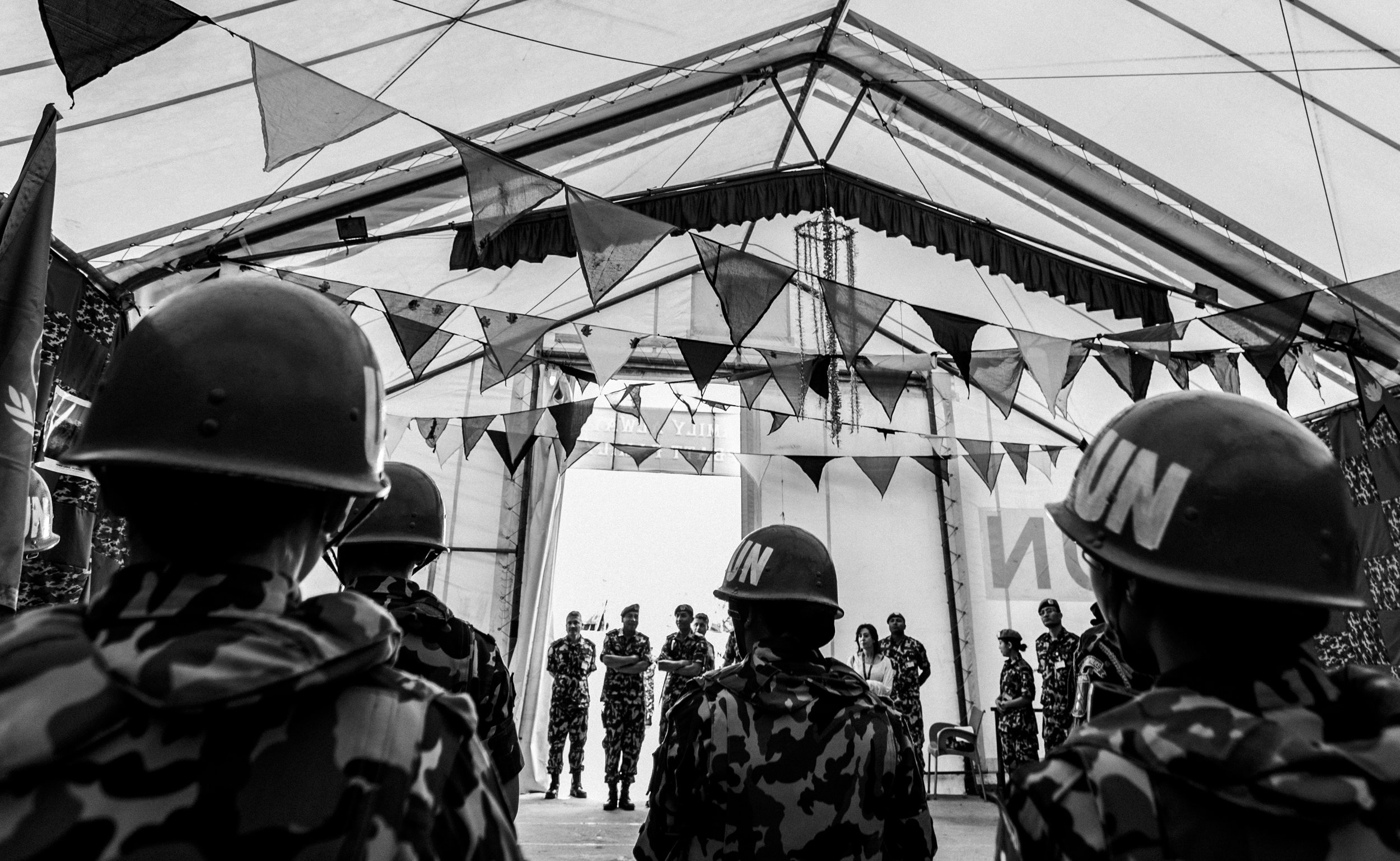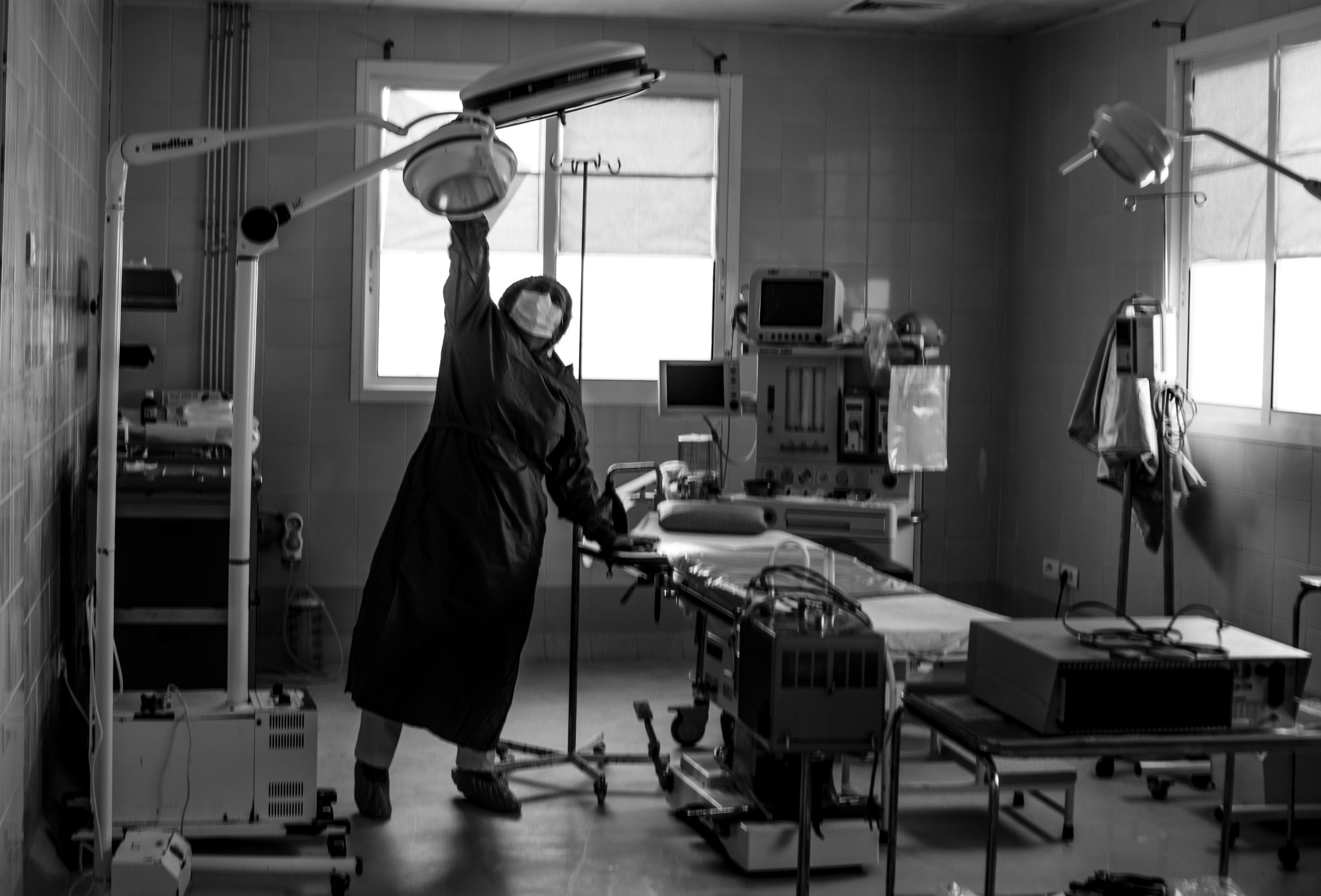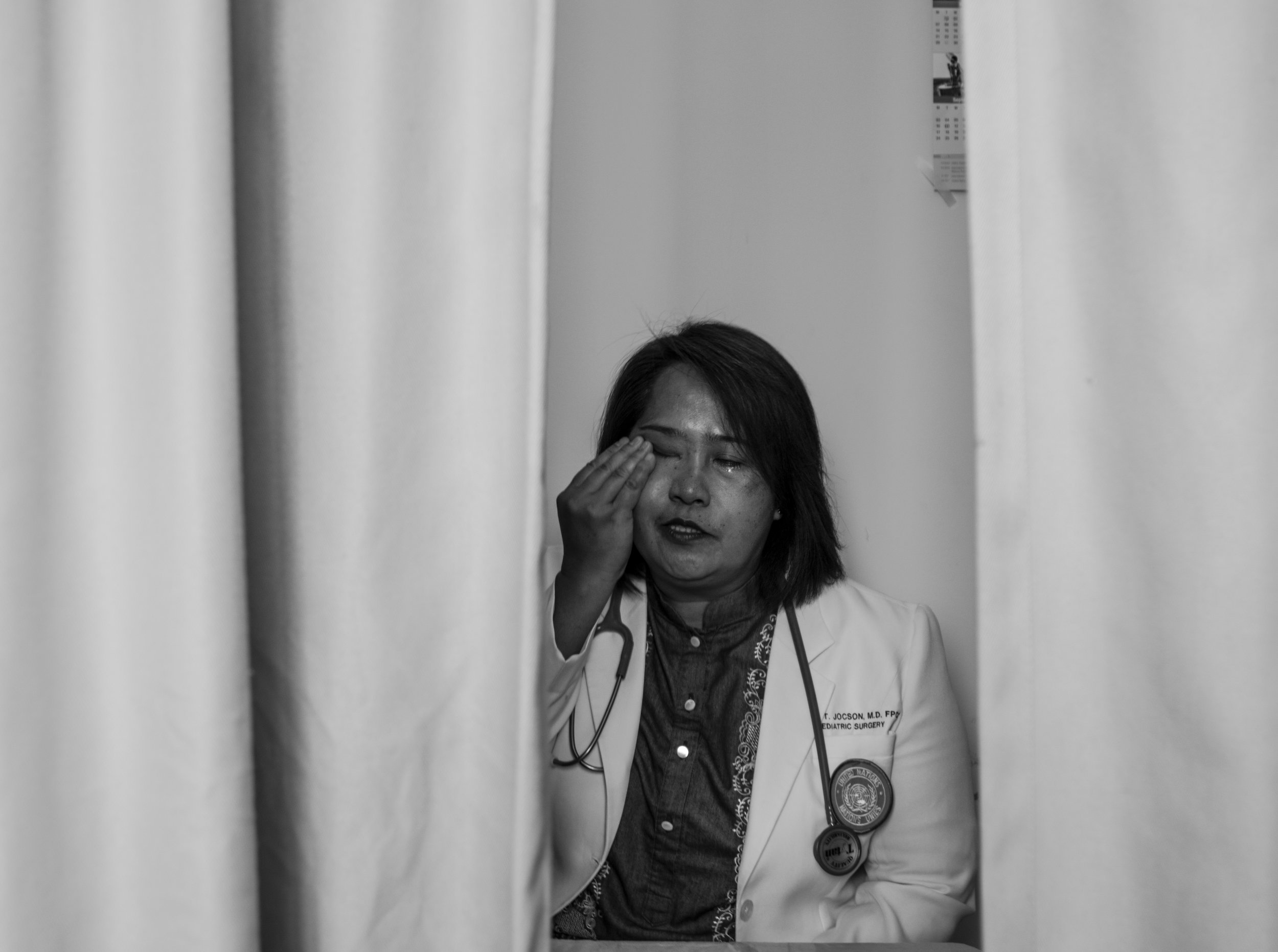Hidden in the secluded south-western Lebanese town of Naqoura – just a few miles from the nearest Israeli town – lies the United Nations Interim Force in Lebanon (UNIFIL). Established in 1978, the goal was to restore international peace and security, confirm the withdrawal of Israeli forces from Lebanon, and help maintain authority in the area. Since then, thousands of people have joined to maintain and further peace, but when you look at the current numbers of both military and civilian peacekeepers combined, only about 6.7% of these are women.
The roles of women peacekeepers vary from doctors, physical trainers, infantry leaders, and more. Despite the role of females being low in the military, when asked if they had faced any discrimination the answer was always a no. Even though there is no difference between men and women in the work atmosphere, female peacekeepers possess many qualities that men don’t. Commanders and colleagues alike made it clear that women provide compassion, empathy, and a perspective unique to the work they do. In a male dominated environment, most women say that it is essential to find ways to maintain their femininity by wearing earrings and lipstick.
If there has been anything discovered in recent years, it is that women come in all shapes, sizes, and colors and that’s okay. This project is intended to highlight all those diversities in order to bring unity and a common understanding to women’s roles in the military.
I did not think of this project on my own, I was asked to be a part of it from a colleague met through Instagram, named Sebastian Rich (@hopefocus). Sebastian labels himself to be a photographer of war and occasional peace. I could see the events of his war and occasional peace flash before his eyes every time he held up his camera. The articles I read about him before our meeting in Lebanon all said the same thing, “he had seen it all.” Was this true? I was eager to find out.
Sebastian rich
our fourth cup of the day
Of all the stories of war and horror dominating most news agencies about the Middle East region, landing in Lebanon, I wasn’t sure what to expect. With the war-ravaged Syria in the east and the north, Israel (with whom Lebanon is still technically at war) in the south and the beautiful Mediterranean Sea in the west, Lebanon has a major western influence. Tall apartment buildings in Beirut are dressed with vines curving around old stones. You could get lost in small streets and hidden alley ways, and always end up at a cafe. It is one of the only Middle Eastern countries where you can see a woman in a hijab and a woman wearing shorts walk down the street together. In downtown Beirut, you can see a church and a mosque standing side by side. With a wonderful mix of Christianity and Islam, Lebanon felt safe and welcoming, especially among the female community.
UNIFIL headquarters is located in the south of Lebanon, about 30 minutes from the Phoenician town of Tyre. Along the coast of the Mediterranean Sea, the drive from my temporary home to Naqoura was captivating every morning and night.
We were chauffeured in a clunky white SUV with “UN” painted in big black letters on the side. We met our Press and Information Officer, Tilak, who is a Nepalese man. He dressed himself in aviator sunglasses and button down shirts. Our schedule was clearly outlined, visiting various camps and women with different roles in their unit. You could say we traveled around the world in 8 days. Each countries’ base was unique to their culture and every day held something new. We made stops in Ghana, Nepal, South Korea, Indonesia, Tanzania, Fiji, and Ireland.
It was incredible to meet such powerful women, seeming so shy and humble at first, then finding out they had climbed Everest, can break tiles with their fingers, or have been in the military for 17 years. The women’s inherent vulnerability gives them a unique characteristic that compliments their strength and power. I watched as it came to life through the glass of my lens with a woman by the name of Elma (53). She told me and Sebastian about how she is one of the only 40 pediatric surgeons in the Philippines. Comforted by the cold leather of a chair, I heard her tell stories of being a doctor at the Everest base camp. Minutes later, her scrubs came on and her stethoscope was wrapped around her neck. She stepped into the surgery theatre for a portrait session with me and Sebastian.
May 3, 2018, UNIFIL- Elma (53) positions a light in the surgery theatre.
Amongst the chaotic scatter of tools and lights, a blue curtain lined the wall. I positioned Elma behind the curtain, leaving only a sliver of space to see her. The light was filtering in through the window opposite of her, illuminating the contours of her face. I wanted more than a smile, I needed emotion, something for my viewers to relate to. Something for me to relate to. I asked her if she had an experience that stood out over the years of her work. Elma’s faced dropped to a distant look as she found comfort in locking her eyes with the ground. She told me a story from her time as a missionary about a nine year old boy who died on her surgery table because of lack of equipment. She slowly choked these words out and tears dropped from her eyes. I put my camera down and listened. This is where I realized that peacekeeping isn’t always peaceful.
May 3, 2018, UNIFIL- Elma (53), a Filipino pediatric surgeon cries as she tells the story of a 9 year old boy dying during surgery.
In fact, peacekeeping is about conflict. It is about personal conflict. It is about outer conflict, when the demons in other people’s heads get to be too much. And when the demons escape, innocent people bear the consequences. Some are sentenced to the life of a refugee. Some are sentenced to the life of a widow. Some are sentenced to diseases and poverty. The actions of these escaped demons are tediously mended by the all peacekeeper’s understanding and compassion within the local community. The blue helmets they wear represent those qualities. They give hope to the refugees, widows, sick, and impoverished. What makes the work they are doing even more unique is watching women help women.
below i have put some behind the scenes and photos not included in the official series.
May 4, 2018, UNIFIL- Taekwondo class in South Korean base camp in Lebanon. Taught by SFC Kung Ah Park (30) shows me her starting position.
May 4, 2018, UNIFIL- SFC Kung Ah Park (30) kicks and breaks a board.
May 4, 2018, UNIFIL- SFC Ariska (24), puts her hijab on before the day begins in her bunker.
May 4, 2018, UNIFIL- me photographing SFC Ariska (24) in her bunker.
May 4, 2018, UNIFIL- an Indonesian women prays in the makeshift mosque at their base.
May 4, 2018, UNIFIL- Three Indonesian women put on their prayer clothes in the makeshift mosque at their base.
May 5, 2018, UNIFIL- Second SGT. Devla on a training for patrol inside their base camp.
May 6, 2018, UNIFIL- Captain and Dr. Kamala (33), checks a Lebanese citizen's pulse. Free healthcare is provided inside the UN base 5 times a week by the Nepalese.














